Why Tree Roots Are Destructive to Pipes?
Tree roots are a problem for many Australian homeowners. The aggressive root systems of trees can damage water pipes in yards and gardens, but it’s often easier just to go ahead with preventive maintenance than worry about repairing the damage after an issue has been discovered.
Trees are the hidden heroes of our gardens, providing shade and elegance while also giving us food to eat. They, too, become thirsty during warm months and their expansive roots look for water. So, keep an eye on them during hot weather since their roots sometimes pose threats like cutting off sidewalks access points for underground utilities such as electric cables and plumbing systems.
What Are The 15 Trees That Australian Homeowners Should Avoid Planting?
Camphor trees
Camphor trees are often planted along principal streets and roads to provide great shade. These sturdy, evergreen giants can grow up to 50 feet tall with aggressive tree roots that may damage sidewalks in your backyard or even infiltrate into water pipes under compound properties!
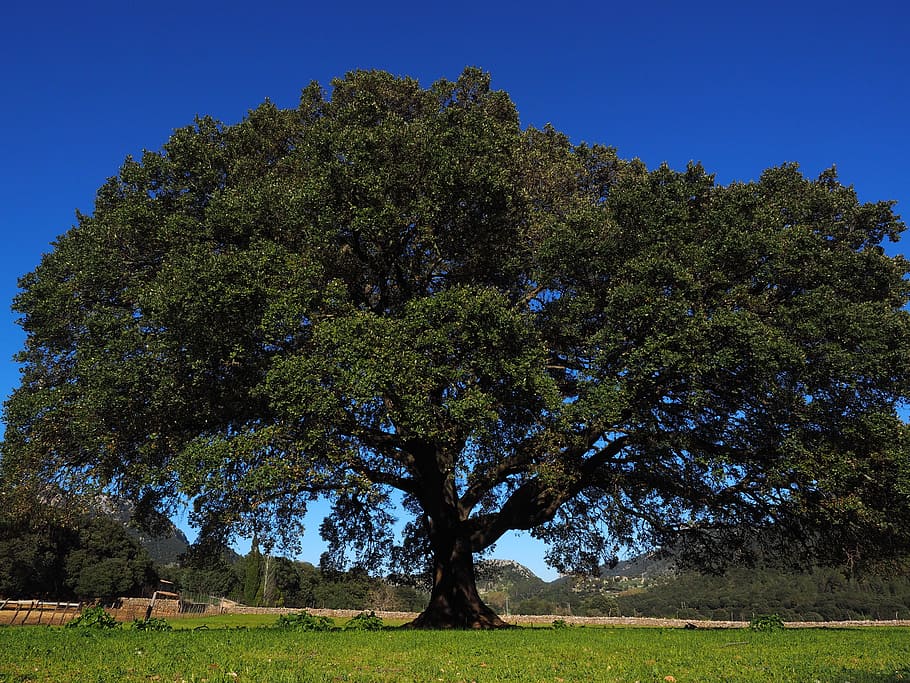
Fig trees
Fig trees, also known as Figs or mulberry fruit trees in some regions of the world are among one if not the oldest domesticated fruits humans have cultivated. They can grow up to 20-30 feet tall with large leaves that provide shade while their tree roots spread far and wide which makes them invasive and destructive to other plants and underground utilities.
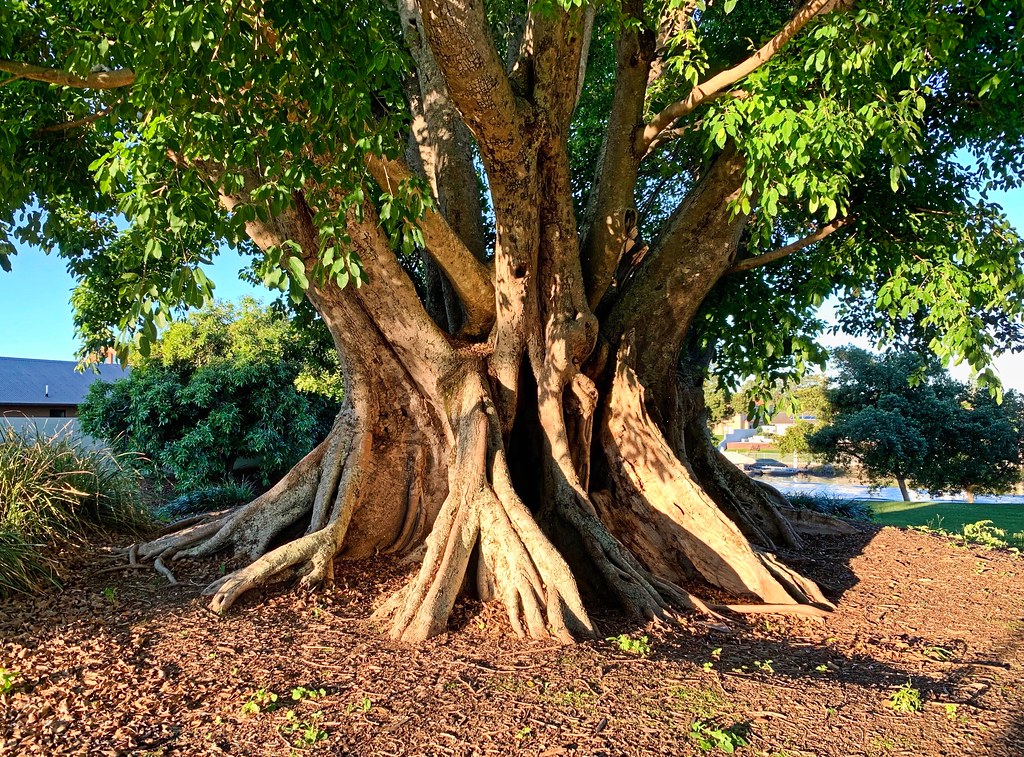
Cottonwood trees
Cottonwood trees are massive shade creatures with broad, white trunks. They have a preferred habitat in the woods and can be found near streams or lakes where they grow fast due to their roots being extensive but also branching quite profusely alongside other plants.
These large greens make them one of America’s most recognizable native woodies – not ideal for landscaping an average medium-sized backyard because their tree roots grow as fast and thickly as the branches, making them difficult for plumbers to deal with.
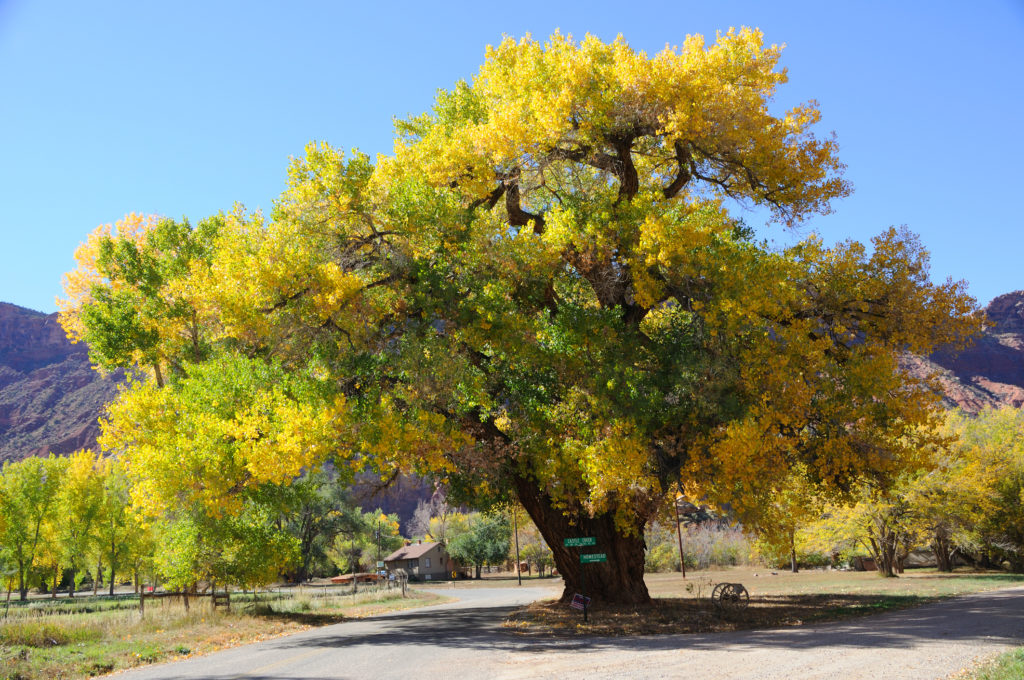
Willow trees
Willow trees come in many different types, but they all share a love for moist soil and an invasive tree root system. If you have willows near your home or business it’s important to get them taken care of soon before things start getting out of hand! Their invasive root systems are a nightmare for plumbers.
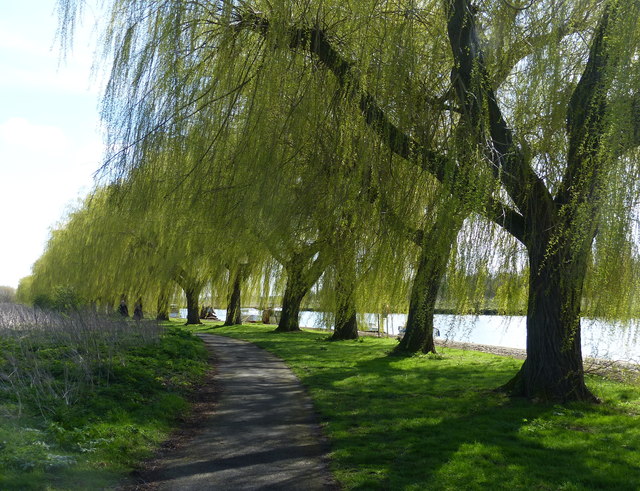
Australian White Cedars
The Australian White Cedar is a beautiful shade tree that can grow up to 40 inches tall and 26 feet wide. The branches are thin, leading with their starry lilac flowers in early spring before turning into white buds on mature trees during the summer months when they open fully for pollination.
However, avoid planting these trees near your gardens because the cedar seeds contain toxic chemicals that could harm both animals and humans. Problems also arise from tree root systems damaging water pipes.
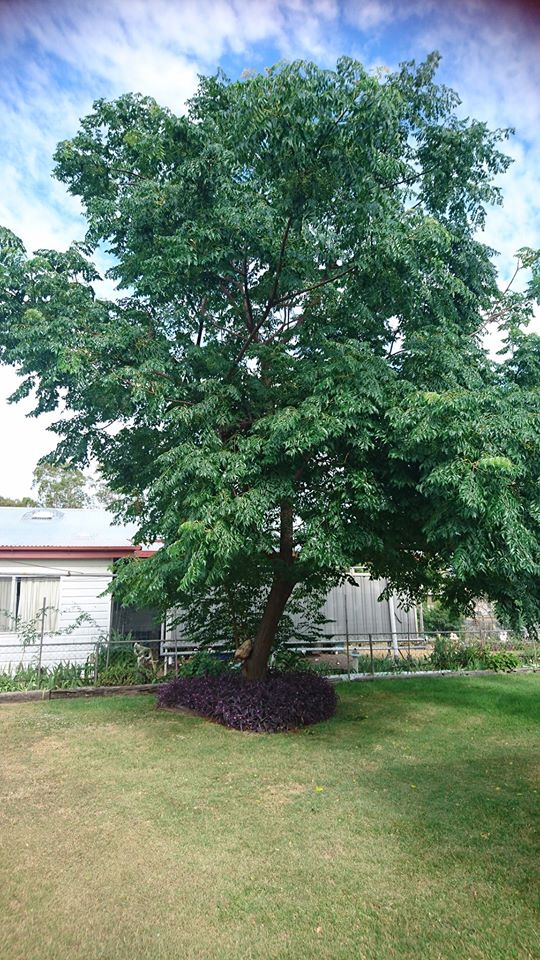
Coral trees
Exotic plant-like Coral trees land unique interest to every homeowner’s garden or backyard. Plants cover wide areas of parks and gardens. The crucial problem with Coral trees is shallow roots. The roots explore only two upper feet of the soil and they may range from 19 to 40 feet in diameter.
The exotic plant-like Coral trees have an interesting presence in any home garden or backyard. These large, colourful plants cover wide areas of parks and gardens with their tree roots that range 40 feet in diameter! The problem is they have shallow roots which grow only two feet deep. This causes problems with drainage and water pipes.
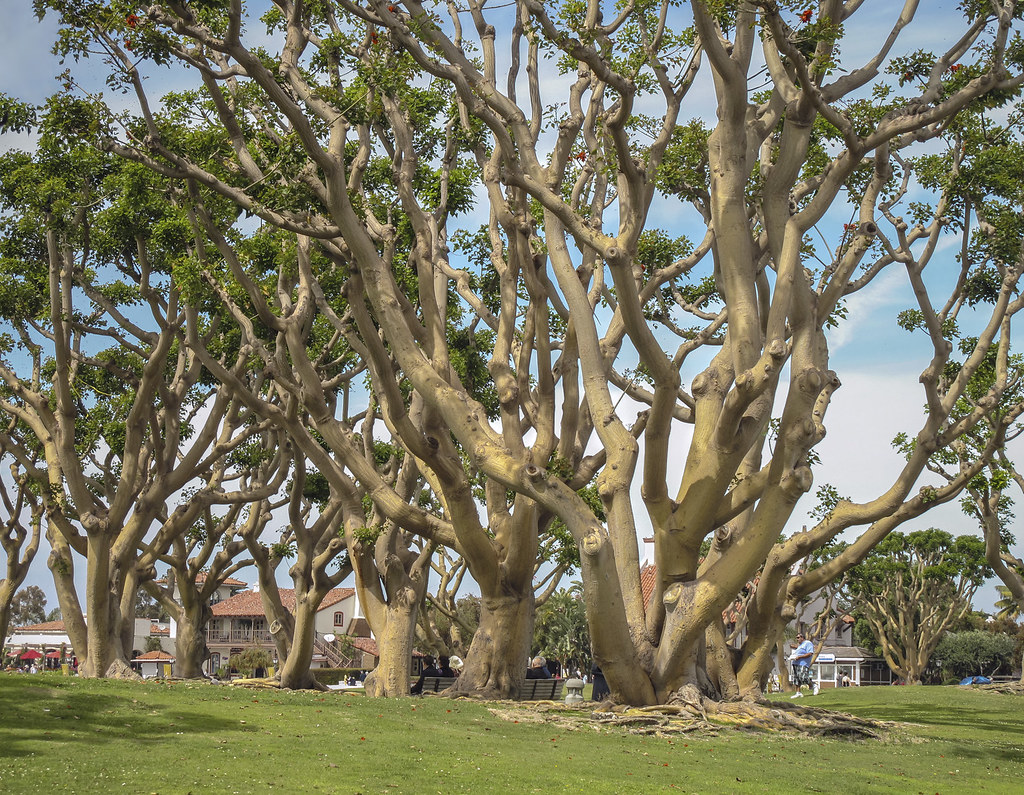
Casuarina trees
The Casuarina tree is one of the most impressive trees in Australia. These giants can grow up to 50 meters tall and span across large distances, making them perfect for natural scenery like riversides or coastal regions where they are often found thriving on wet grounds withstanding dry climates as well!
However, this same versatility means that if you plant these near your house, especially ones located close together, they could cause major problems such as destroying water pipes due to their tree roots growing deep into the soil.
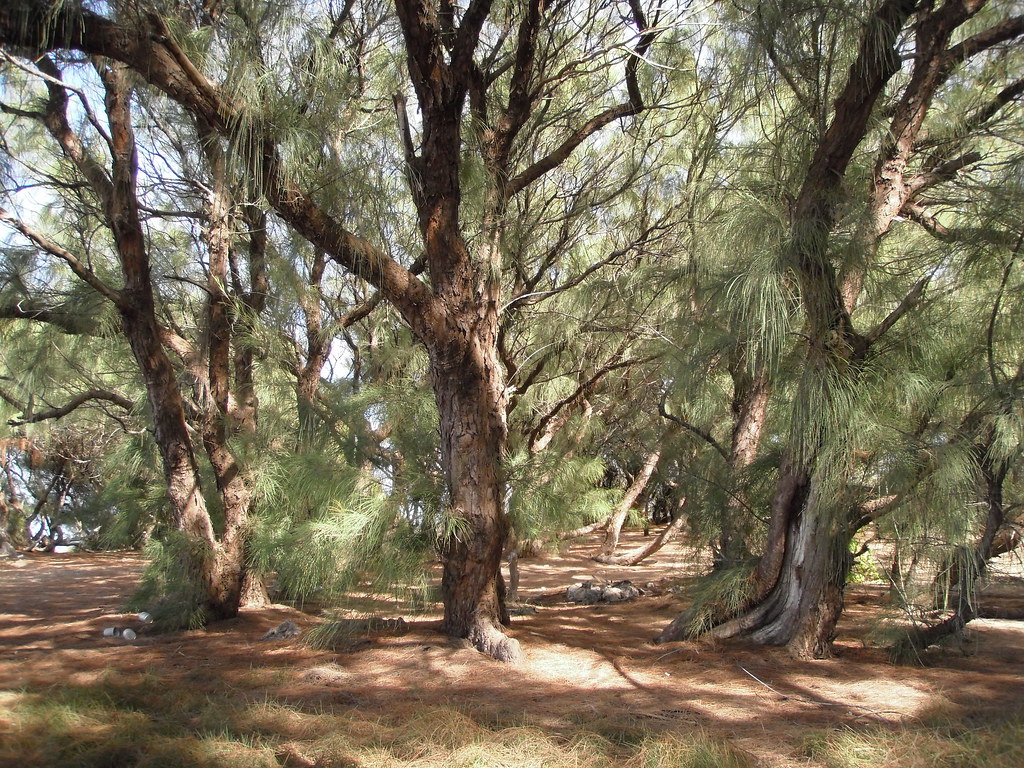
Gum trees
Commonly named Gum trees, Eucalyptus trees are quite common trees in Australia. They are fast-growing, and evergreen trees, but they are also large and tall plants. Their leaves are the principal food for koala bears, they also contain an antiseptic, antibacterial, anti-inflammatory oil.
Gum trees can be a great addition to your property, but there are some negative consequences that come with them. The tree roots of these evergreens stretch and spread out fast which can invade underground utilities and water pipes.
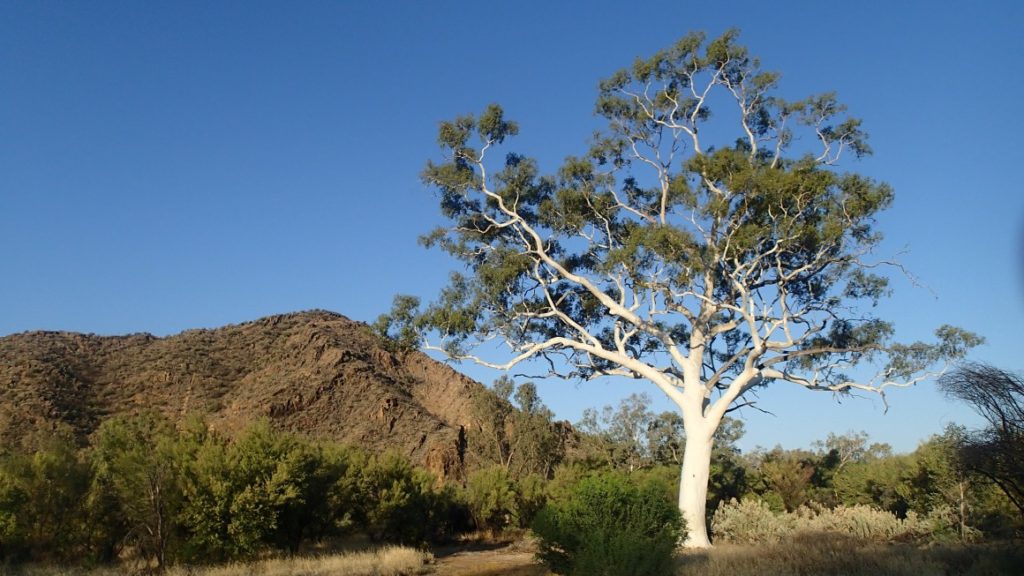
Pepper trees
The Pepper tree is a popular evergreen that looks like the Willows. Its wide tall canopy makes it a favourite of people needing shelter. In addition to their beautiful shape with deep shade-providing delicate leaves for cover under which flowers bloom season after season. However, not all features about them are positive because their tree roots are invasive to other nearby plants and even underground water pipes.
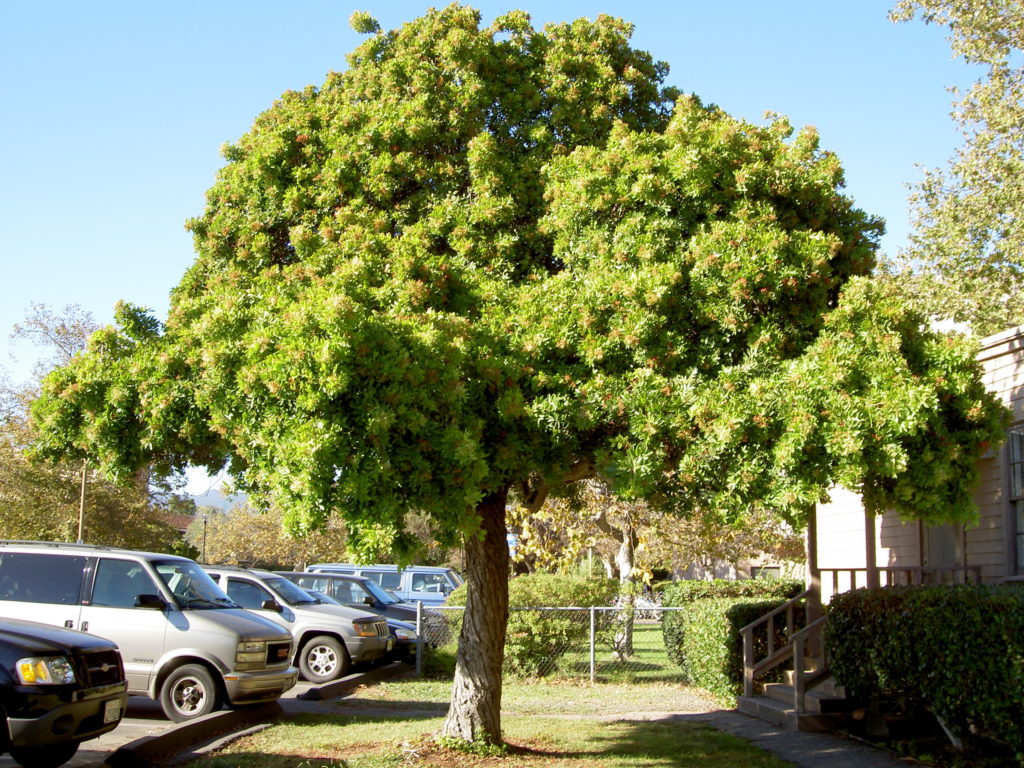
Jacaranda trees
Jacaranda trees make a garden appear magical. With their lavender flowers and medium-sized leaves, these hardworking plants can provide excellent shade as well as grow as high as 32 feet.
They’ve been steadily growing in Australia since 1858 when they first arrived here but beware because the adult trees need plenty of space. If your area isn’t limitless, then look elsewhere planting them because their tree roots would be a future problem to your underground cables and water pipes.
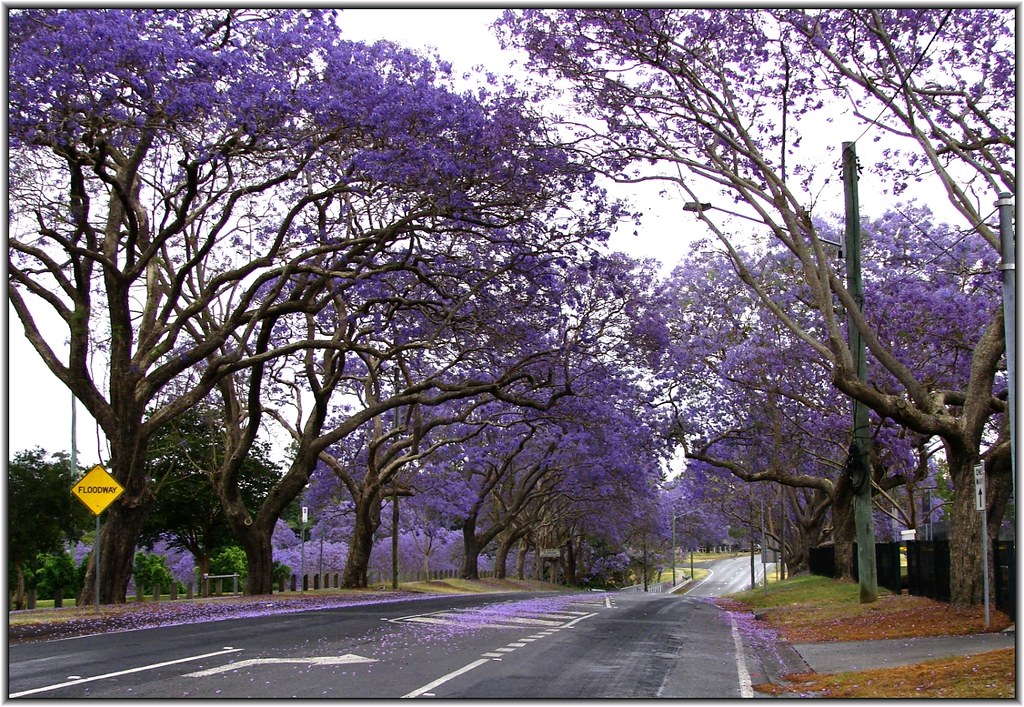
Magnolia trees
Magnolia trees are an excellent addition to any garden or yard because of their sweetly fragrant blooms, elegant appearance with the white flowers that don’t bloom at the same time. In early spring, some may flower while others wait until summertime to reveal orange/red berries which birds enjoy eating from its fruit-filled branches.
However, one problem homeowners face is managing crispy large leaves constantly falling off these magnificent plants making it hard on your plumbing system! Another challenge comes forth through their tree roots which can damage drainage pipes.
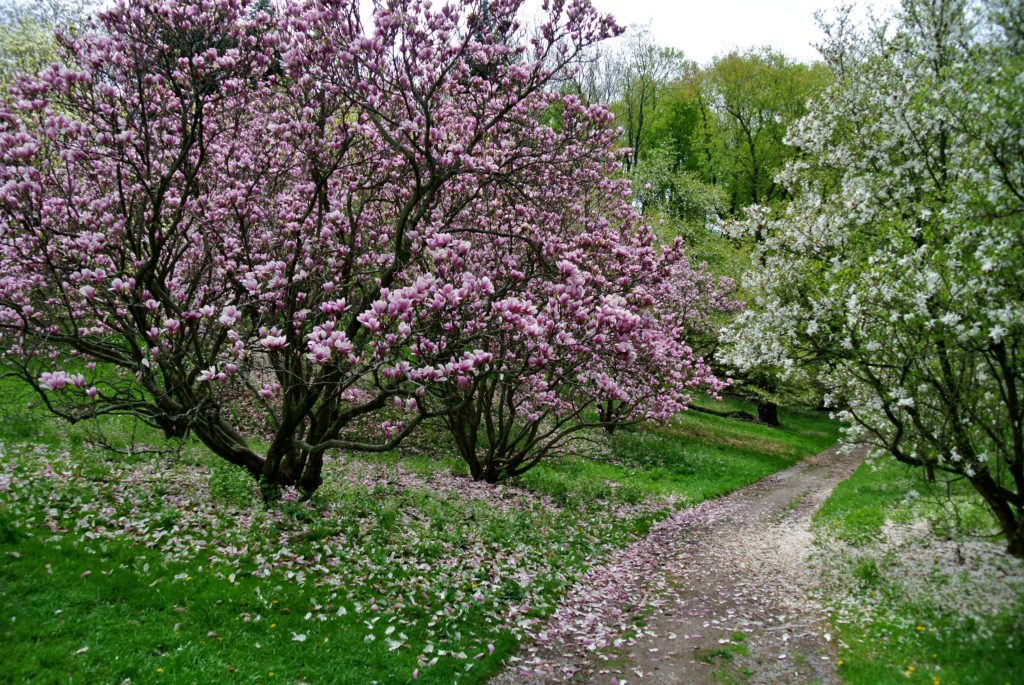
Elm trees
The Elm tree is a majestic forest giant in your yard. This old friend used to provide homeowners with cooling shade and unrivalled beauty. Elm trees have been a popular choice for centuries because they are beautiful and offer great shade. However, it’s important to know that they have shallow tree roots which means if you don’t take care of them properly then your yard might end up with more problems than benefits!
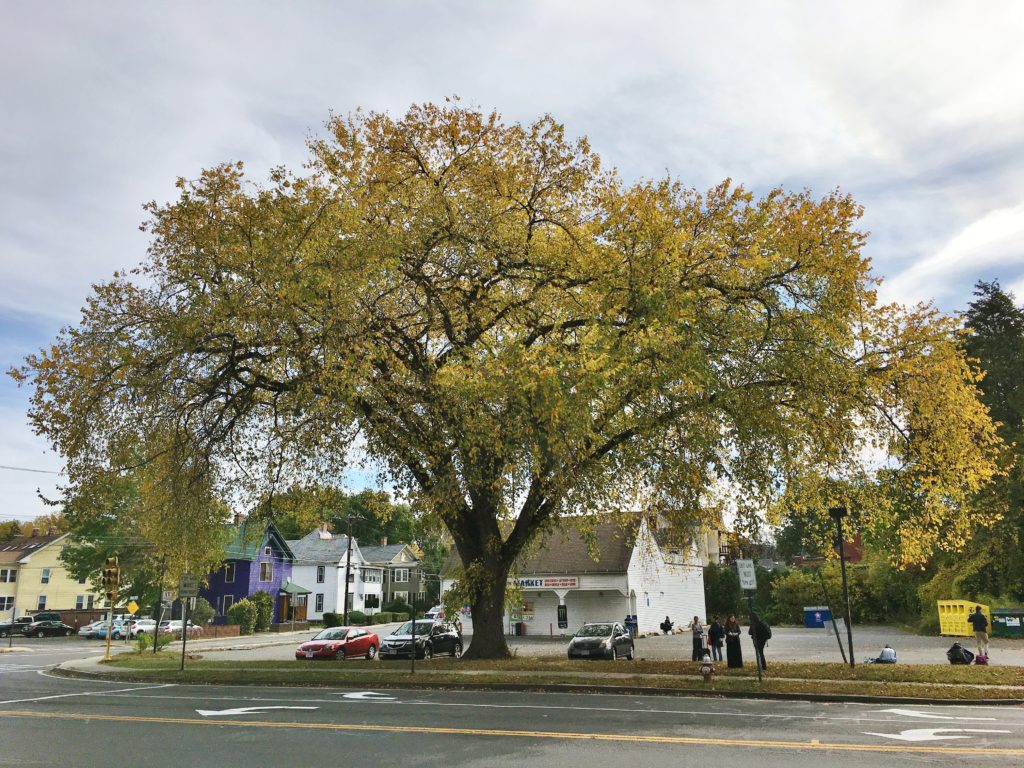
Tristania trees
Tristania trees are a type of Australian evergreen that makes an ideal lawn and street tree. They occur naturally on moist, well-drained sites along the east coast but can also grow in dry locations as long they have plenty to drink! These small plants feature profuse yellow flowers during summer periods which gives way to their common name, “Water Gum Trees.”
They fit into smaller spaces than Magnolias, so they won’t take up as much room or block any views from house windows! The magnificent Magnoliasare well-known for their highly ornamental tree roots. The damage can come from the leaves which easily clog up yard pipes, like many other plants in this family members do too!
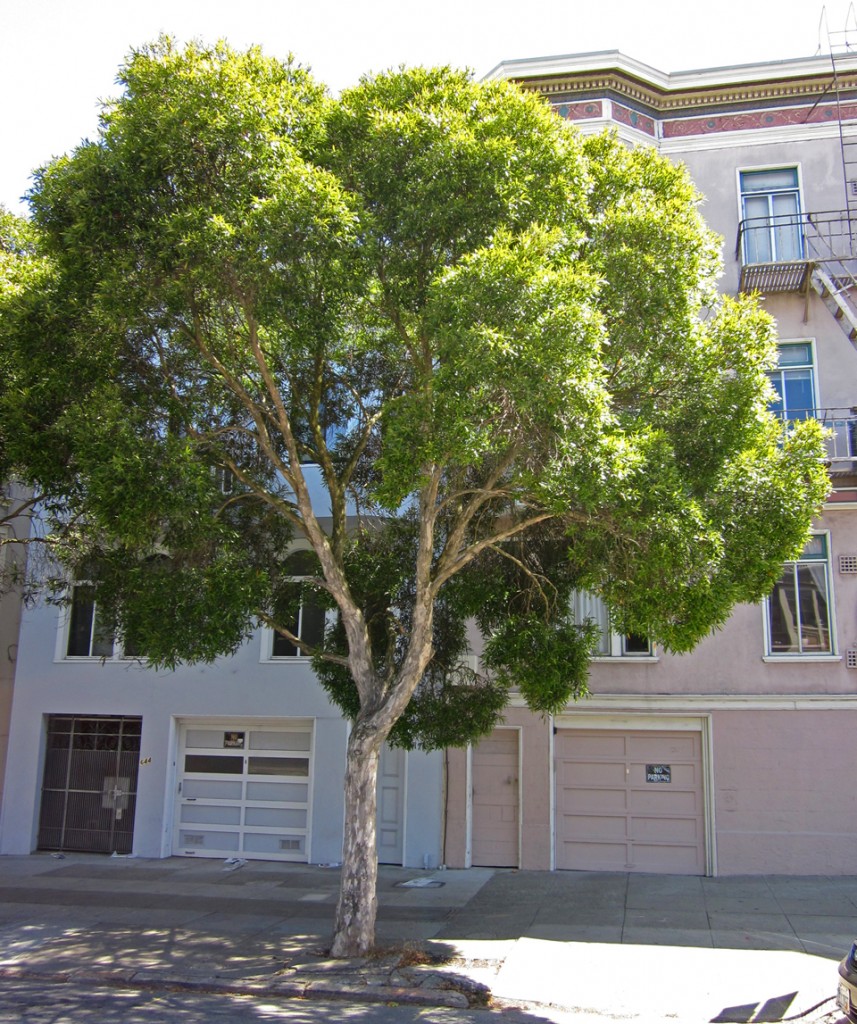
Oleander trees
Oleander trees are among the most common plants found in southern and coastal gardens. They grow large, with a trimmed-up basis that needs little care but can be toxic if ingested by children or pets who may mistake their sweet flowers for edible ones!
These trees are a hazard to your home and may cause skin irritations. They bloom most of the year and pose threat to homeowners with pools or other bodies of water sources because their aggressive tree root system can cause damage.
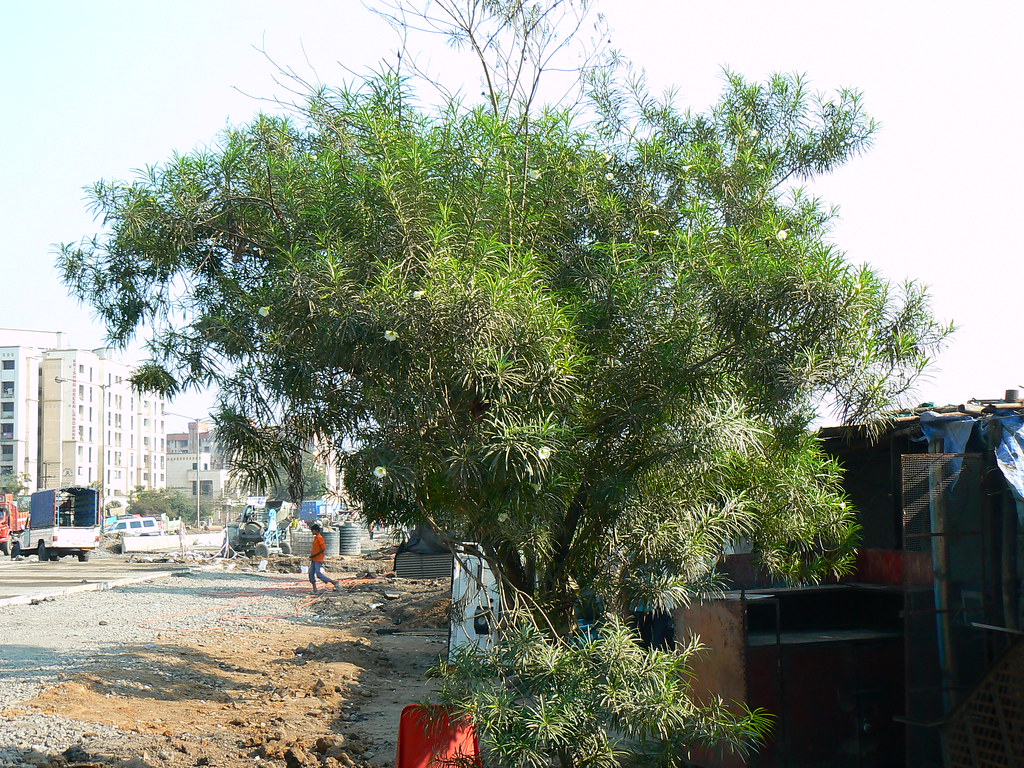
Bamboo Palms
The bamboo palm is one of the most popular plants to keep outside. It loves shades, and high temperatures, but can live in less than ideal soil conditions with of plenty water! The beautifully designed leaves have an attractive deep green colour that makes them perfect for any home’s landscaping project while acting as air purifiers due to their ability to remove toxins in the atmosphere.
The tall, slender trunks of a bamboo palm tree resemble the shape and texture of that found in Bamboo. These plants grow colonies easily but prefer constantly moist soil. When you have a thick colony of bamboo palms, it can damage your plumbing. This is because the roots grow so deep that they nibble away at anything in their path – including sidewalks and patios!
The beauty of the trees should be respected, but they also cause problems. There are many Australian yards with water pipes that have been damaged by these precious plants because people don’t know how to care for them properly or simply ignore issues like this until it’s too late!
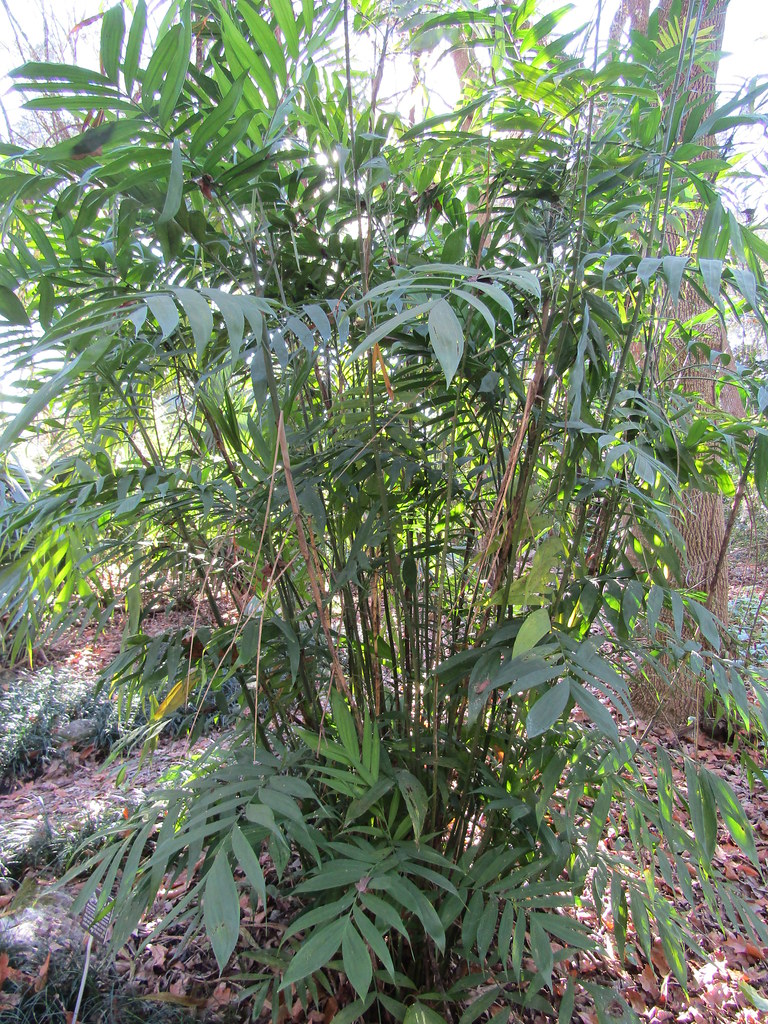
HOW TO PREVENT WATER PIPE DAMAGES FROM TREE ROOTS?
The best way to prevent tree roots from invading your water pipes is by taking preventive care. The first step in this process is having a landscaping plan for future expansions. Generally, plant trees at least 16 feet from your property and water system. You can also create a barrier between the trees and water pipes.
Root intrusion is one of the leading causes of pipeline damage and can often result in costly repairs. Traditional methods of repair often involve excavation and replacement of the affected section of pipe. However, this can be disruptive and expensive, especially if the damage is extensive.
Pipe relining is a newer method of repair that involves inserting a new liner into the existing pipe. This process is less disruptive and can often be completed more quickly and affordably than excavation and replacement. In addition, pipe relining can help to extend the life of your pipeline and prevent future root intrusion damage. If you are faced with root intrusion damage, pipe relining may be the best option for you.
WHO OFFERS THE BEST PIPE RELINING SERVICES IN SYDNEY?
Here at Wisdom Relining, we have many years of experience in providing long-term solutions to your pipe damage needs. Specifically, we fix and reline pipes from the inside, which results in your drains working even more effectively than before!
This is especially beneficial for those who live in Sydney, as our team has mastered pipe relining technology over the years and can provide you with the best possible service. Visit our Google Business Profile to read what our client reviews and to learn more about where we are. You can also check out Word Of Mouth for more reviews. If you’re looking for a way to improve your drain’s performance, then contact us today or call us at 0424 939 392and see how we can help!
You can also check out our pipe relining Sydney near me page for other inquiries.

